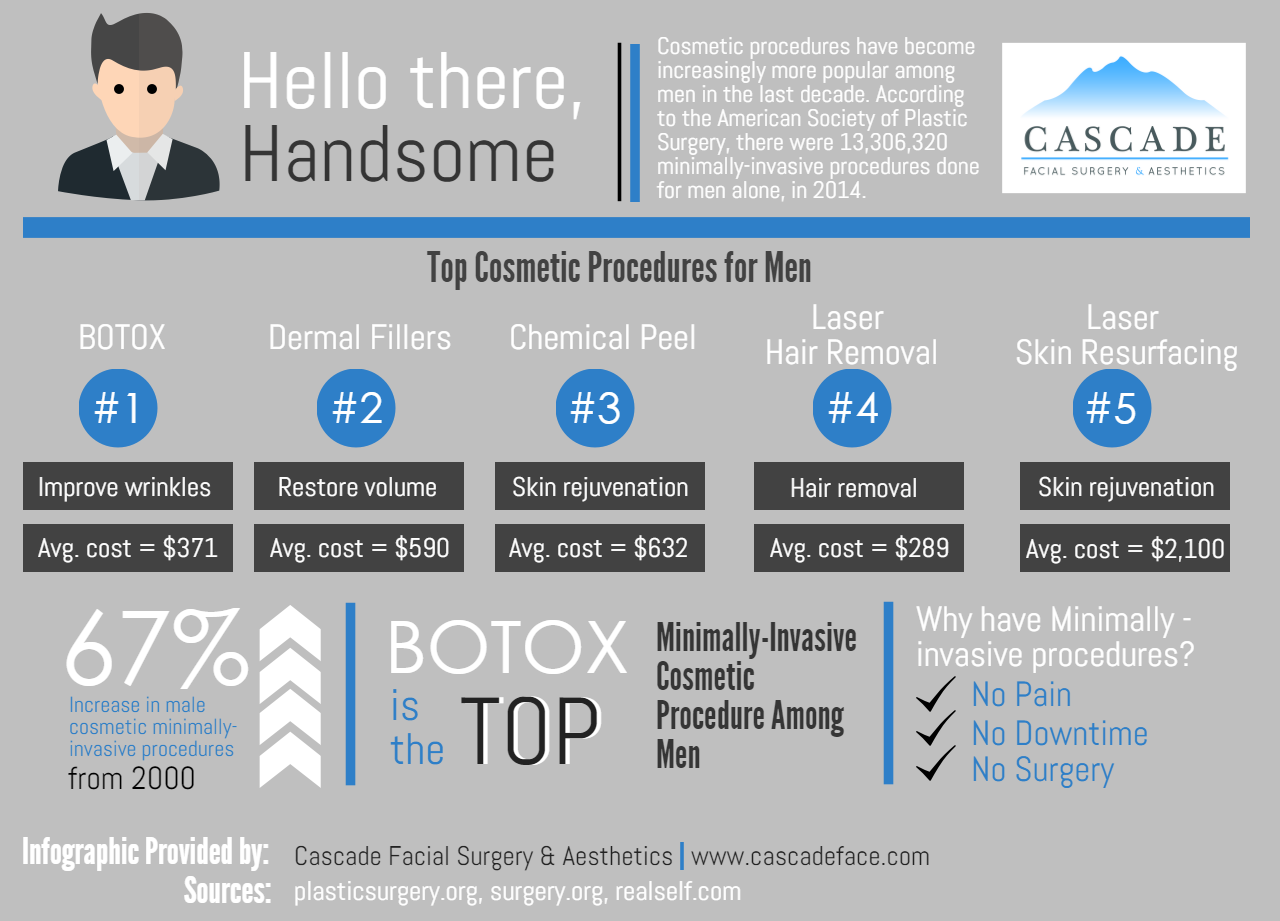AHAs are a key ingredient for unclogging pore obstructions and lightening up acne-prone skin. They function by breaking down dead skin cell accumulation to promote newer, fresher cells, and preventing future clogs.
Creating topical AHAs requires precise attention to numerous crucial elements that significantly influence their effectiveness and tolerability. Maintaining the optimum pH variety, along with automobile choice and focus, amplifies their exfoliative features while alleviating possible negative reactions.
Glycolic acid
Glycolic acid is understood for its light yet effective exfoliating residential properties, which promote skin's all-natural shedding and loosen the "adhesive" that holds dead cells externally of the skin. This helps unclog pores and lessen the look of fine lines and wrinkles, as well as enhance total skin texture and tone.
Remarkably, topical glycolic acid has actually additionally been shown to promote the manufacturing of collagen, which is crucial in keeping skin's suppleness and elasticity. It is essential to keep in mind, nonetheless, that due to the fact that glycolic acid can stimulate the skin's sensitivity to sunshine, it is vital to put on sun block when utilizing any kind of items containing this active ingredient.
Skin specialists pay mindful focus to the formula of items consisting of AHAs in order to maximize their effectiveness and tolerability. Creating AHAs with the suitable vehicle, together with pH and focus factors to consider, allows for ideal skin penetration while lessening potential negative responses. This is particularly critical for individuals with sensitive skin, because AHAs are recognized to be mildly annoying.
Lactic acid
Lactic acid is found in numerous non-prescription skin care items and some stronger expert peels and treatments. It has the lowest molecular weight of all the AHAs and has the ability to penetrate deeper right into the skin, where it is more efficient at unclogging pores and scrubing.
Like glycolic acid, it also promotes collagen synthesis, which aids decrease great lines and wrinkles and boost skin texture. In addition, it has moisture-retention residential properties, which makes it better for drier skin kinds than other AHAs.
The considerable body of clinical information substantiating the effectiveness of topical AHAs sustains their utility in a wide range of skin-related afflictions and aesthetic issues. These consist of detailed skin rejuvenation procedures, attenuation of fine lines and creases, lightening of hyperpigmentation, therapeutic intervention for actinic keratosis, and acne administration [2] Maximizing the solution of AHAs by balancing pH, concentration, and car choice additionally boosts their therapeutic potential. These cautious considerations allow skin specialists to provide safe and effective treatments that offer exceptional scientific outcomes.
Mandelic acid
Mandelic acid, stemmed from almonds, is an additional participant of the AHA household and is a preferred active ingredient in items that aid deal with acne. Its bigger molecular dimension suggests it passes through the skin extra gradually and gently, which can lower the possibility for irritation. It's also less most likely to cause soreness and various other skin sensitivity issues, making it suitable for sensitive skin kinds.
Mandelic Acid is believed to help in reducing swelling and increase hydration. It works by loosening the bonds between dead skin cells, allowing them to shed and disclose fresher-looking skin. It also helps reduce the appearance of bigger pores.
Creating topical items with AHAs calls for a specific equilibrium of key variables that dramatically influence their effectiveness and tolerability. Particularly, the pH of an AHA formulation has been revealed to play an essential duty in its capacity to advertise exfoliation and enhance complexion and appearance. Attaining this ideal concentration is a challenging goal and requires meticulous attention to the various variables that impact the formulation procedure.
Citric acid
Citric acid, discovered in citrus fruits such as oranges and lemons, is a mild AHA. It's less bothersome than glycolic or lactic acid, making it preferable for delicate skin. It likewise has astringent residential properties, helping to dry excess oil.
Like various other AHAs, citric acid can be skin labs used in chemical peels and daily active/maintenance therapies to exfoliate the skin and promote cell turn over. It can help in reducing the appearance of dark places and hyperpigmentation, in addition to fine face lines.
It can likewise increase the synthesis of glycosaminoglycans, which play a vital role in reinforcing the skin obstacle feature. This assists to avert trans-epidermal water loss, and keep optimal hydration degrees in the skin [35]
AHAs can be integrated with comforting components such as ceramides or hyaluronic acid to improve their tolerability. They can be integrated into daily active/maintenance skincare through lotion or serum solutions. This permits experts to customize their AHA treatments based on person requirements and choices, with the versatility of picking from different therapy strengths or concentrations.
